If you click on a link and make a purchase we may receive a small commission. Read our editorial policy.
Zombie fiction usually highlights the worst in humanity - so why did I leave 28 Years Later filled with hope?
Heads up: Part of this 28 Years Later review is going to be me venting at Danny Boyle and Alex Garland for making me cry at a horror movie

Popverse's top stories
- Oni Press and Archie Comics join forces for a star-studded launch of 3 new ongoing series, Archie, Archie in Hell, and Sabrina the Teenage Witch
- Popversations: Thomas Jane talks his comic book collection, The Expanse, and his Comixology book The Lycan
- Read the full first issue of Image Comics crime series The Voice Said Kill for free, right now
Spoilers for 28 Years Later follow.
Oh goddamn it, guys, don't do that to me. When I buy a ticket to a zombie movie, I want to see blood-spurting monstrosities, root for chainsaw-wielding heroes, and tremble at the size of an incoming undead horde; what I don't want to do is cry my eyes out in front of a room full of strangers. But that is exactly what happened when I went to see 28 Years Later, and 24 hours after the fact, it's time I reflected on why.
Maybe it's just me, but I've always seen zombie fare as a way to take a look at the worst aspects of humanity. Zombies are, after all, literal people eating people - how much simpler of a metaphor for our species' worst instincts can you create? But what had me drying my eyes (along with a theater full of hardened horror fans, I'll note) by the end of the movie was a life-affirming hope, a sense of beautiful, shared humanity with the rest of my kind, rather than the disdain I typically feel at the end of one of these things.
So what changed?
We are The Walking Dead (or at least, we were)

Before I can answer that, let's talk about what makes the usual zombie flick such a great way to look at our faults. The obvious first answer is that, unlike your werewolves, your aliens, your serial-killer-possessed snowmen, zombies look exactly like us, save for some slight necrosis. And not to be too macabre about it, but remember that even that difference won't be as stark... eventually.
Beyond their too-similar appearances, the history of zombie cinema is littered with in-your-face moments of societal criticism. Think of the families that turn on each other in Night of the Living Dead, infected by zombism in much the same way that Fox News has parents turning on their children today. Or think of the capitalistic zombies of Dawn of the Living Dead, who haunt a mall as the undead because, and I quote, "This was an important place in their lives."
Even the humans in zombie movies are critiques of the way we do things - think of the cultish mania that springs up in the world of The Last of Us, or the frequently-appearing fascistic regimes in The Walking Dead franchise. It's cliché to say that zombie entertainment is "really about how people are the monsters" (come on, you remember that guy from your Film 101 class freshman year), but clichés are clichés for a reason, and it's not because French makes us sound smart.
Even 28 Days Later, the film that kicked off this whole shebang, is an example of the savage places humanity can go in a tight spot - and that was made by director Danny Boyle and screenwriter Alex Garland, the same people that gave me a mini-therapy session in a darkened theater the other day. So what did they do differently the first time?
A different kind of Van Helsing

It's only natural that the growth of the zombie subgenre has established a "zombie slayer" archetype. These folks usually show up a couple of chapters into an undead saga, saving our normal, everyman protagonists with their specialized monster-killin' know-how, usually from years of exposure to the plague and perhaps some sort of pre-existing military or medical expertise. For brevity's sake, we'll call these pros "Van Helsings," because if they were in a vampire movie, that's exactly the role they'd play.
28 Years Later's Van Helsing is the grungy-looking Dr. Kelson, played by Ralph Fiennes. From the first moment we meet this zombie expert, however, we see he's not your average Daryl Dixon or Tallahassee from Zombieland. Rather than shotgun an attacking Alpha zombie in the face (read our 28 Years Later ending explained to learn what that is), Dr. Kelson tranquilizes it with a morphine dart. After this incident, we learn that the red coating Dr. Kelson's body is not blood as trailer watchers might've guessed - it's iodine, which the doctor believes kills the virus.
Even quirkier about Kelson's zombie expertise is the way he chooses to use it to interact with his world. Rather than going around rescuing survivors and beheading monsters, Kelson chooses to devote his life to building a curious temple to the dead. Yeah, that scary skull mountain from the movie's promos isn't an altar to Death, it's a monument to those who've lived. And when, during the course of building this structure, Kelson does encounter the infected, he doesn't go out of his way to kill them but tries to keep his distance, the same way a wary but respectful nature preservationist does.
But what really makes this Van Helsing different than the rest, and what sets this zombie movie apart from its predecessors, is the underlying philosophy behind Kelson's ways. And in the last moments that we spend with him (in this movie, anyway), we get a window into that philosophy and learn how Boyle and Garland decided to infuse this zombie genre entry with a sense of much-needed hope.
A reason to live in the world of the undead

At the end of 28 Years Later, central character Spike (Alfie Williams) has to confront Death in a way that has nothing to do with the rotting infected. His mother Isla (Jodie Comer) has been sick the whole movie, and thanks to Dr. Kelson, we find out that she has an aggressive brain cancer, one that allows her only weeks to live. Isla chooses to end her life with her identity intact, using Kelson's chemical expertise to create a merciful poison. And though it's a peaceful way to go, Spike is of course shattered, having gone to so much trouble to get his mother to a man he believed could save her life. But as Spike admits his sense of failure to the doctor, Kelson tells him that what he's accomplished is anything but.
Spike chose to do everything he could for his mom, in the same way that Dr. Kelson chooses to do everything that he can for the many dead that he encounters. It doesn't matter that Spike can't cure his mother's cancer any more than it matters that Kelson's Bone Temple can't cure the virus - both are acts of love in a world that discourages it. As he and Spike are about to part ways, Kelson imparts a crucial lesson to both the boy and the audiences watching: that is, that battling humanity's demons is not half as important as seeking out its better angels.
Humanity can turn into monsters - no Rage Virus necessary. But we can be better, too; we can be like Dr. Kelson. And in a world where there seem to be more frothing, raging, and destructive forces rising up every day, we need reminders like that, even if it's from the most unlikely of places.
Like in a theater full of gorehounds leaking not bile, but tears.
28 Years Later is in theaters now.
In the immortal words of Danny Elfman, "Life's no fun without a good scare." Join Popverse's weekly explorations of the best opening moments of horror cinema in The Coldest Open, and then check out:
- The best horror movies of all time, according to horror aficionado Greg Silber
- The most underrated horror movies from the past couple years
- All the new and upcoming horror movies for 2025 and beyond
And much gore. Er, more. Much more.
Follow Popverse for upcoming event coverage and news
Find out how we conduct our review by reading our review policy
Let Popverse be your tour guide through the wilderness of pop culture
Sign in and let us help you find your new favorite thing.


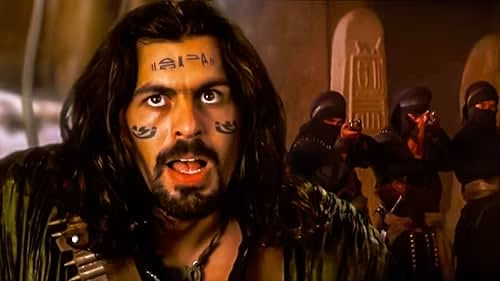
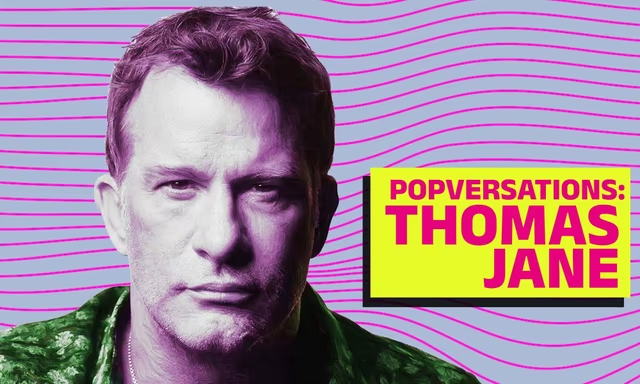



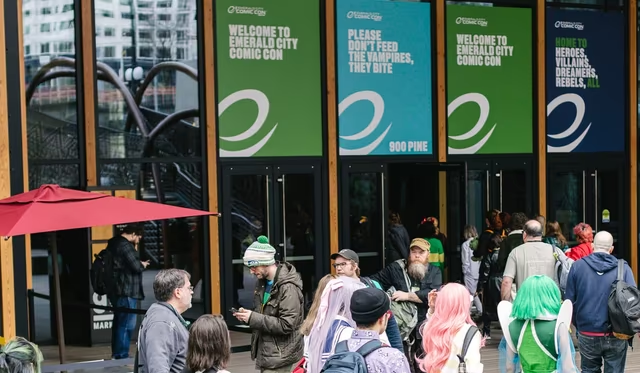

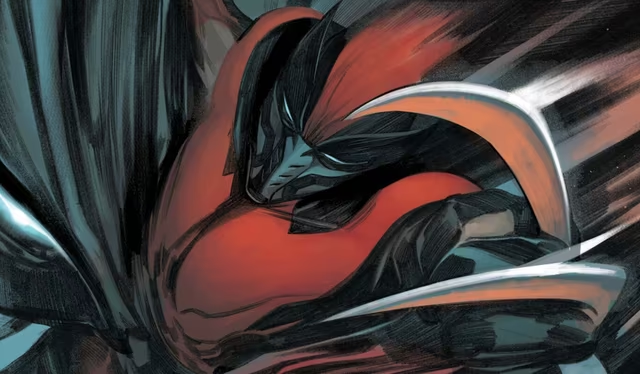
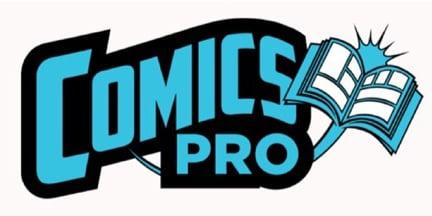





Comments
Want to join the discussion? Please activate your account first.
Visit Reedpop ID if you need to resend the confirmation email.